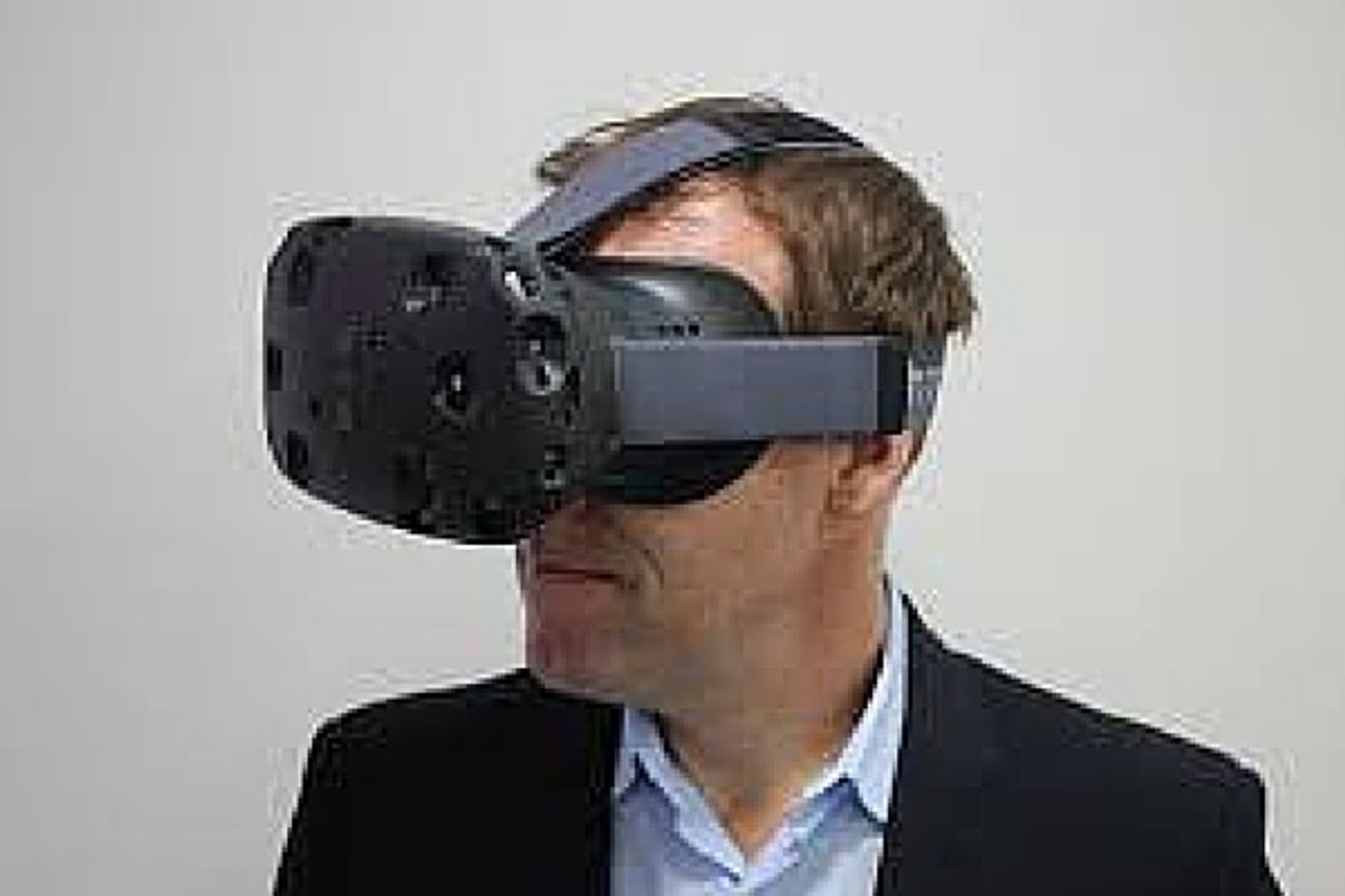The term “practice makes perfect” can apply to learning a sport or a musical instrument but new research shows that a high tech form of practice, using virtual reality, can help those who suffer from paranoia learn to perceive their environment as safe. Situations like crowded elevators or public transportation can cause daunting anxiety to those with certain mental illnesses such as paranoia or delusions and by experiencing some of those environments virtually, some patients can recover.
The study was conducted at Oxford University in the UK and funded by the Medical Research Council. The results were published recently in the British Journal of Psychiatry and suggest that traditional psychological therapy techniques along with the technology in virtual environments could be life-changing for some patients crippled with the fear and anxiety paranoia can produce
Severe paranoia is rare, but it’s the most debilitating. Many patients who are schizophrenic also have paranoid delusions. They fully believe that others, even strangers, are out to hurt them. It’s irrational and often medication and counseling are not effective in convincing patients that they are safe and that their fears are unfounded. Many sufferers become home bound which only reinforces the belief that they are in danger. By limiting social contact, not going to crowded places they perceive as dangerous and not engaging in relationships, patients with paranoia believe they have avoided the danger and kept themselves safe by taking such extreme measures. That kind of behavior only serves to reinforce the reality of their fears and the disease progresses. They believe their isolation and avoidance has been their best defense and cannot be convinced otherwise.
The team at Oxford, led by Professor Daniel Freeman the Department of Psychiatry, wanted to test whether patients could 're-learn' that formerly feared situations were actually safe. It was nearly impossible to find patients who would submit to be taken to places they found so difficult and scary however. That is where the virtual reality technology came into the picture. Situations like crowded public spaces or social interactions were created within the virtual reality landscape to help patients try to process those situations.
Thirty patients were recruited from the ranks of those receiving treatment services at Oxford Health NHS Foundation Trust. All the patients went into virtual reality simulations that involved a ride on a public train and encounters in a crowded elevator. Each time a patient had a session in the VR environment, the numbers of other simulated people, called avatars, were increases, so the experience became very much like the real world. While it was difficult for these patients, they were assured that continuing to stay in the simulation would re-train their brain to perceive the situation as safe.
The patients were randomly given different instructions on how to cope. One group was told it was OK to use some of their coping strategies like refusing eye contact or small talk and that eventually they would simply get used to it, if not completely over it. Another group was pushed more to drop their defense mechanisms and interact with the avatars within the game by returning a glance, making extended eye contact and standing near them. This group showed a significant reduction in their paranoid delusions. By the end of the study over 50% of these study participants were no longer experiencing severe symptoms. Even the group who still used some of the defense moves showed some improvement, with 20% seeing a reduction in delusions. These reductions were measured on the testing day, and the researchers plan to do more work with the VR therapy to see if the benefits can last beyond the day of the experience into real world interactions.
In a press release Professor Freeman stated, “Paranoia all too often leads to isolation, unhappiness, and profound distress. But the exceptionally positive immediate results for the patients in this study show a new route forward in treatment. In just a thirty-minute session, those who used the right psychological techniques showed major reductions in paranoia. It’s not easy work for patients, since lowering defenses takes courage. But as they relearned that being around other people was safe we saw their paranoia begin to melt away. They were then able to go into real social situations and cope far better. This has the potential to be transformative.” Check out the video below to learn more about how this study worked and what it could mean for some.
Source:
Oxford University,
British Journal of Psychiatry









